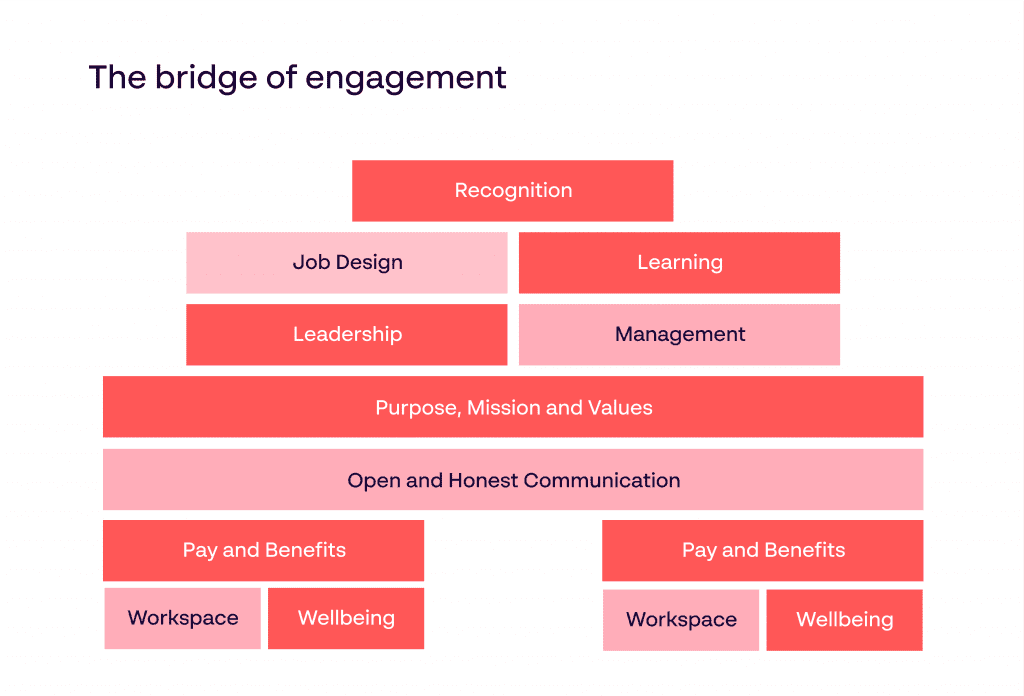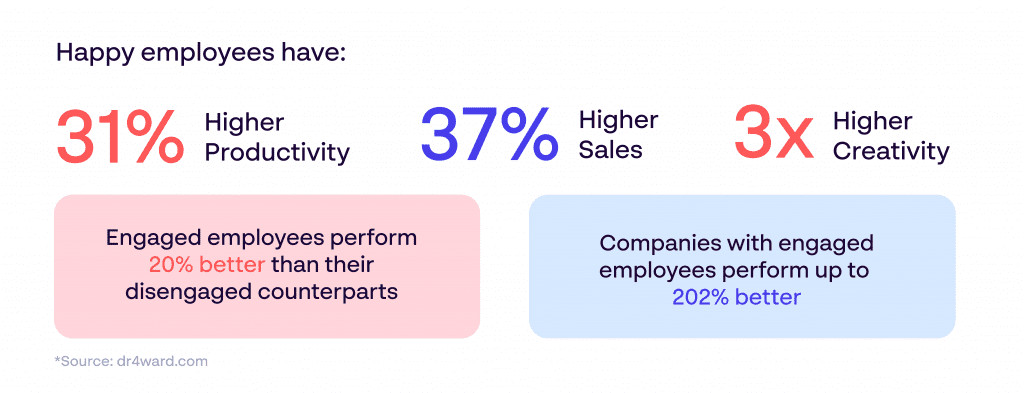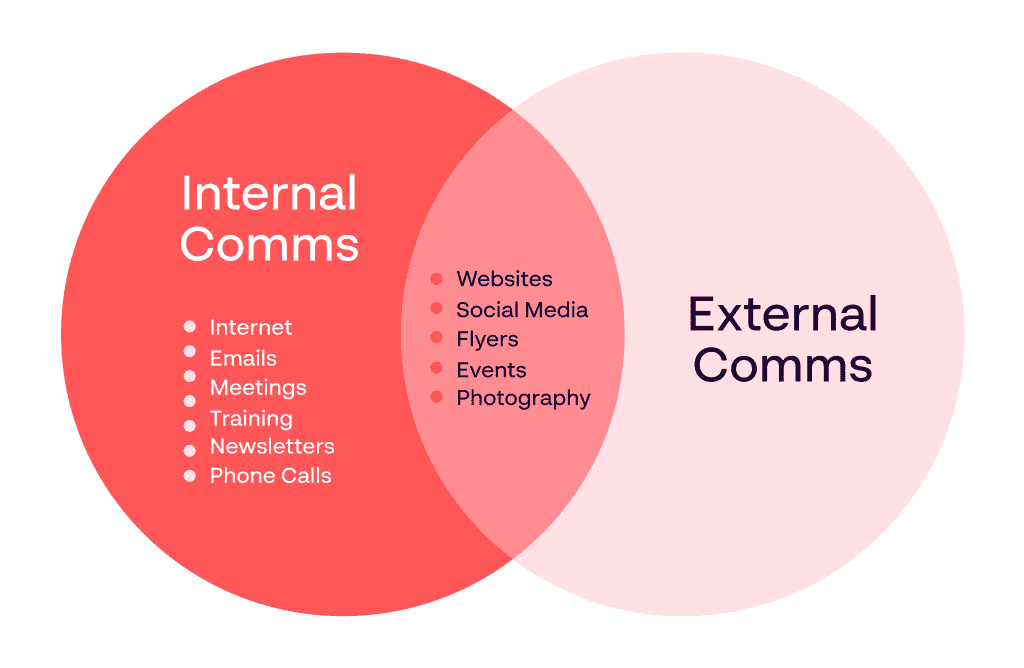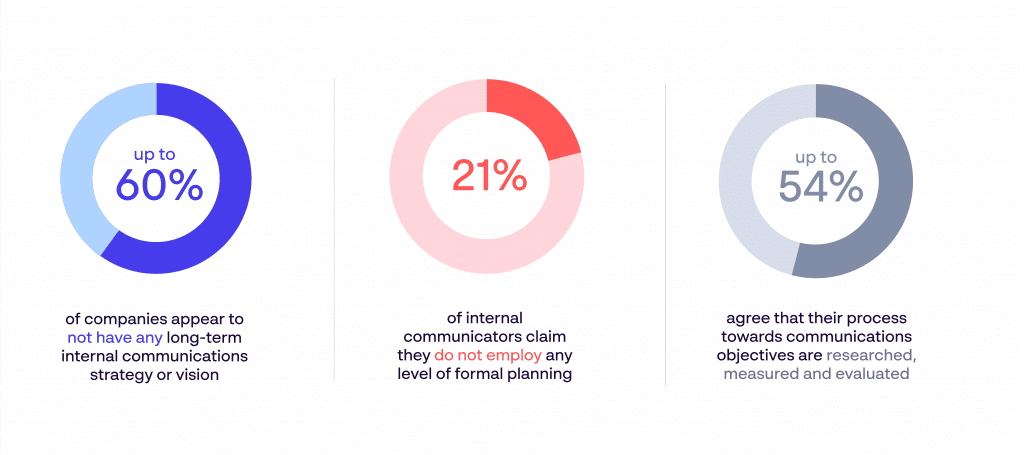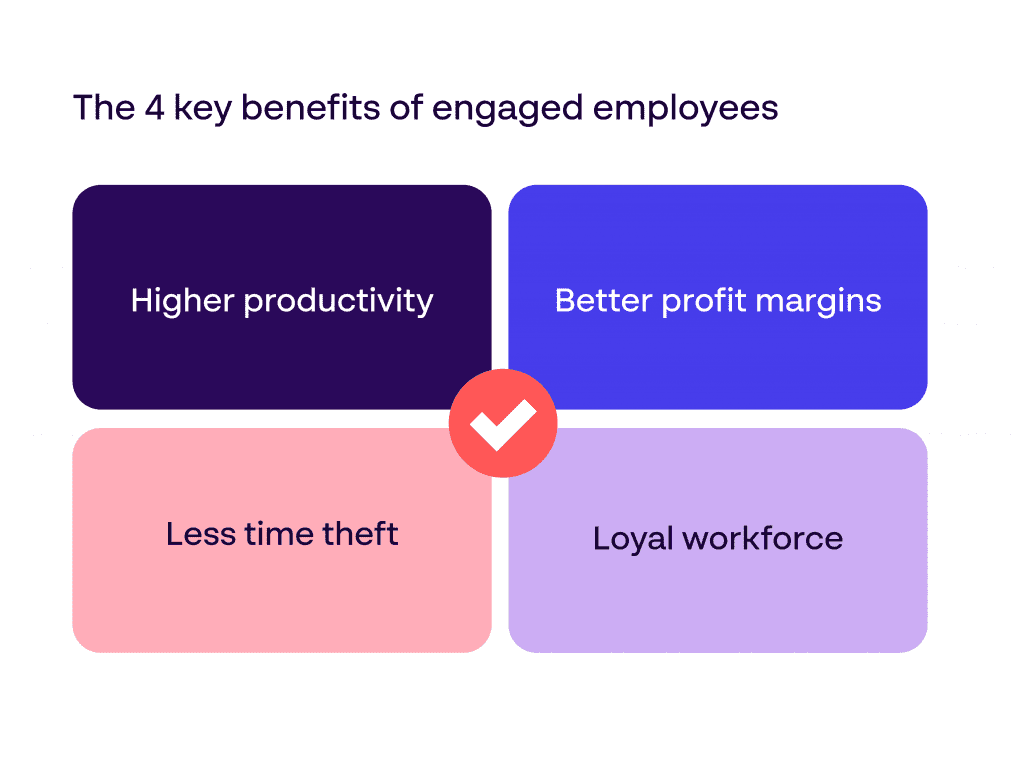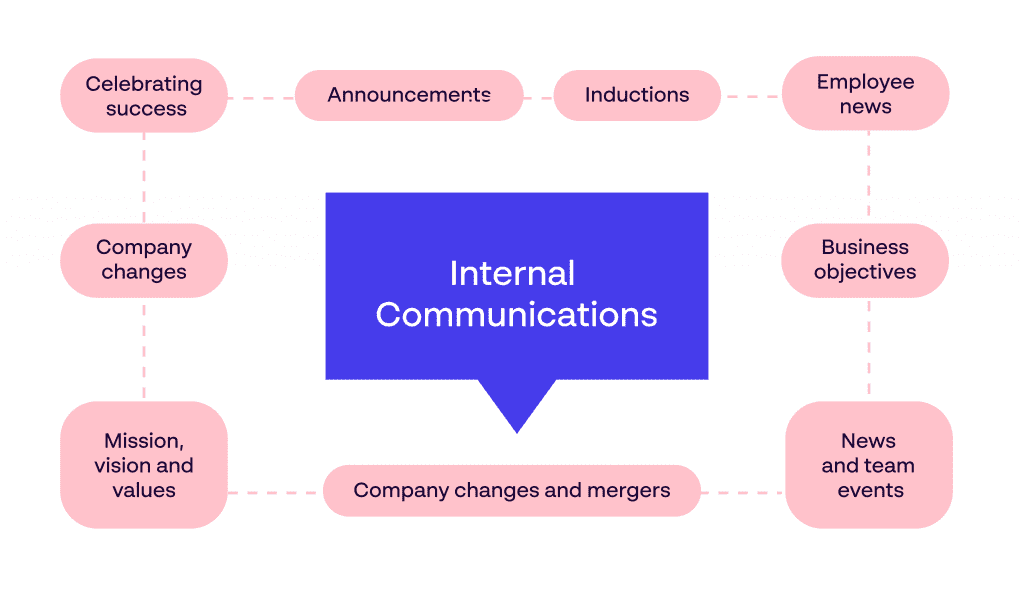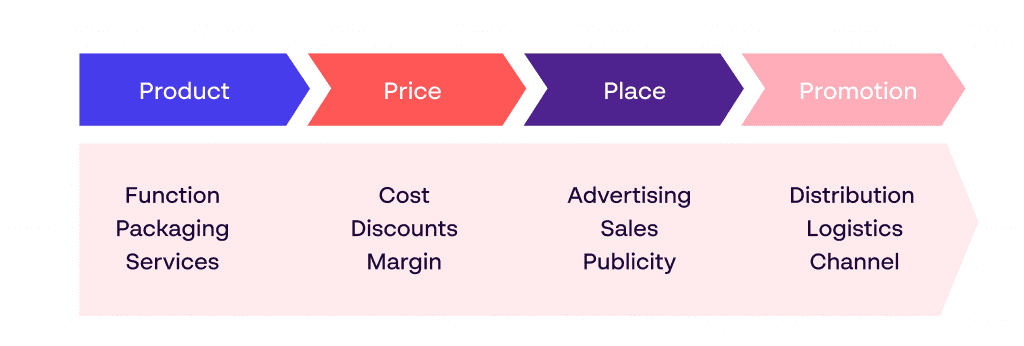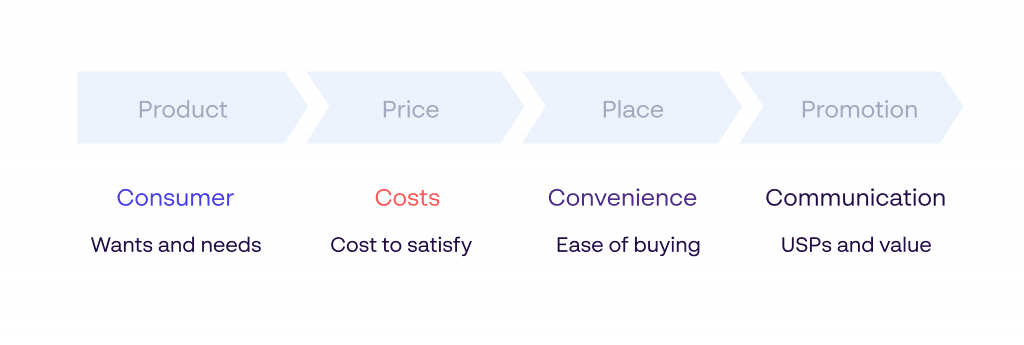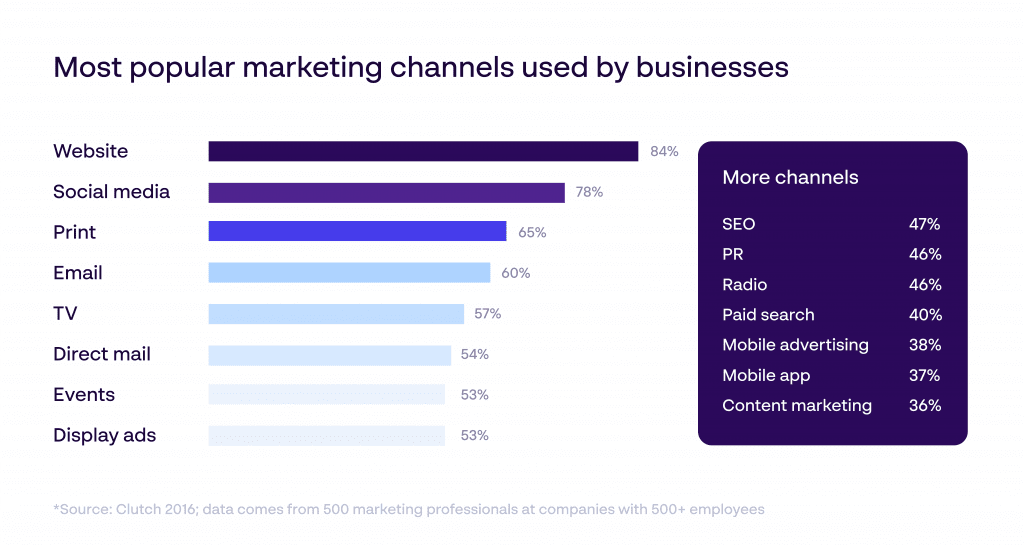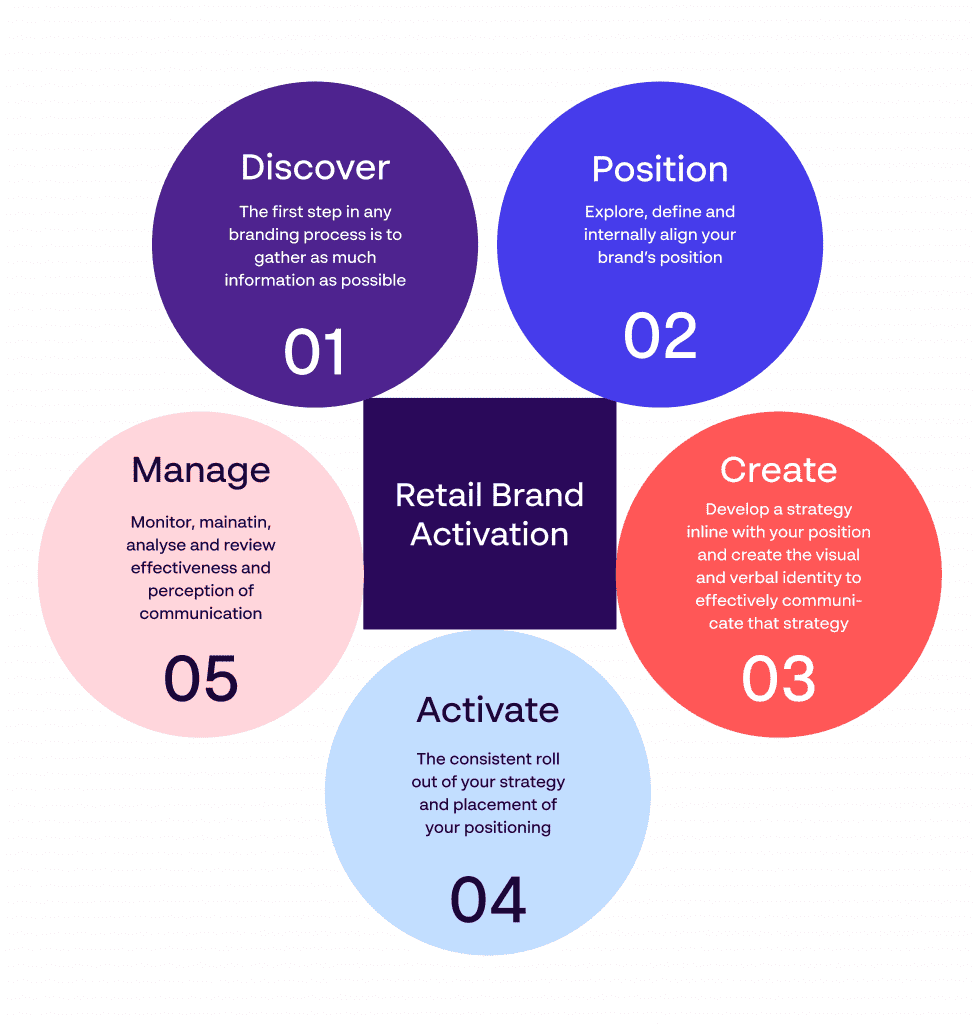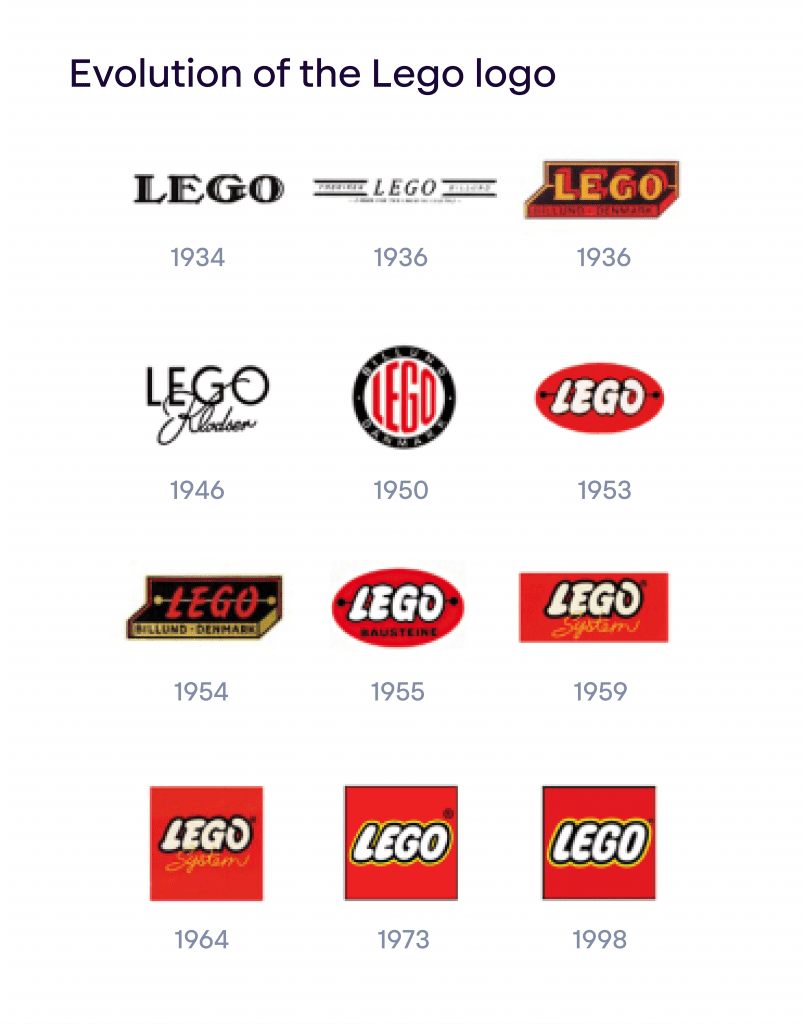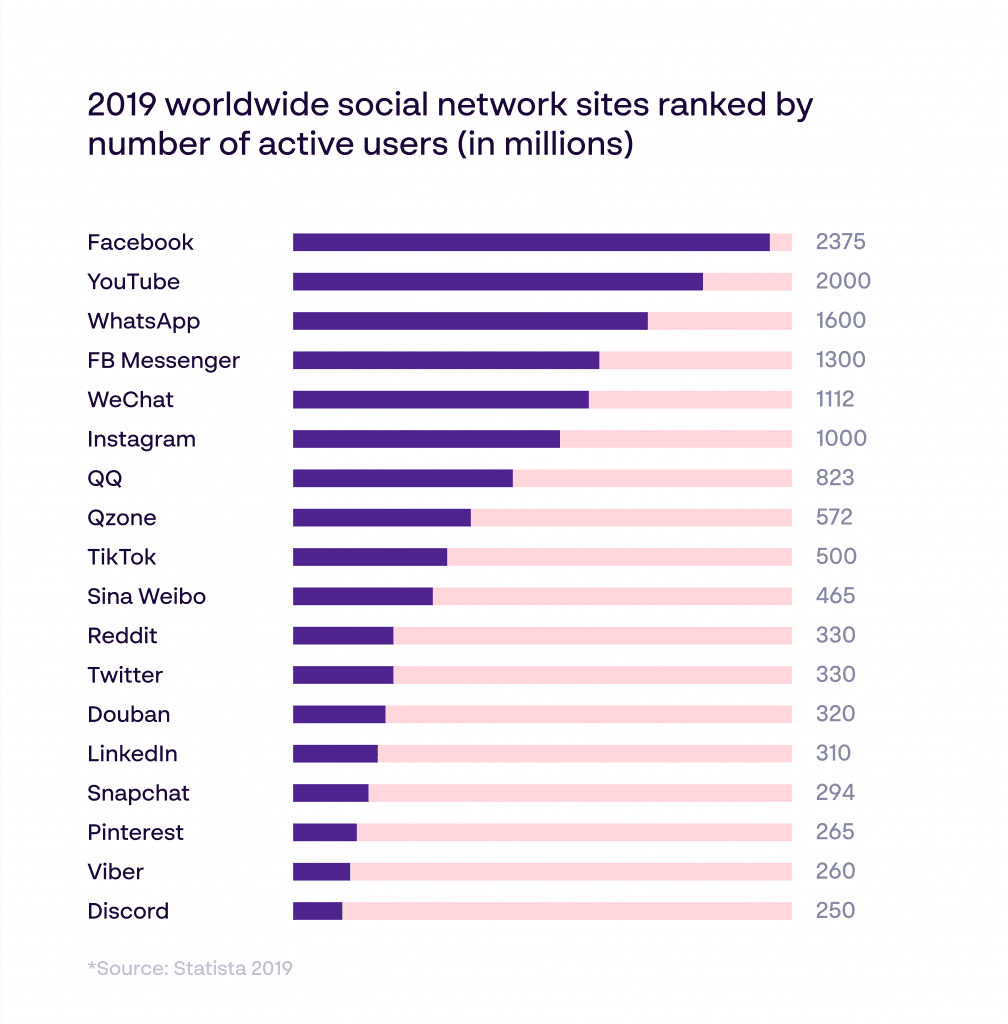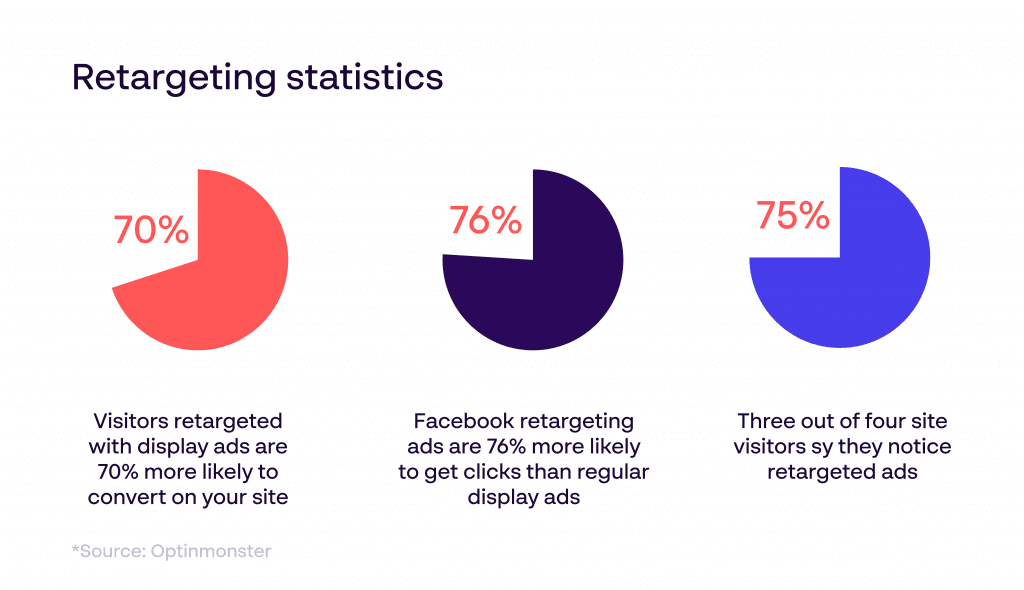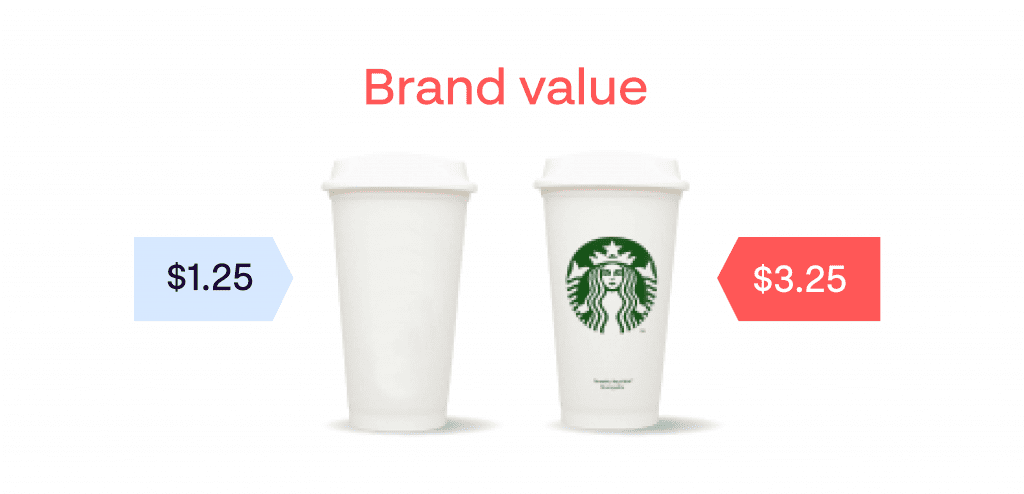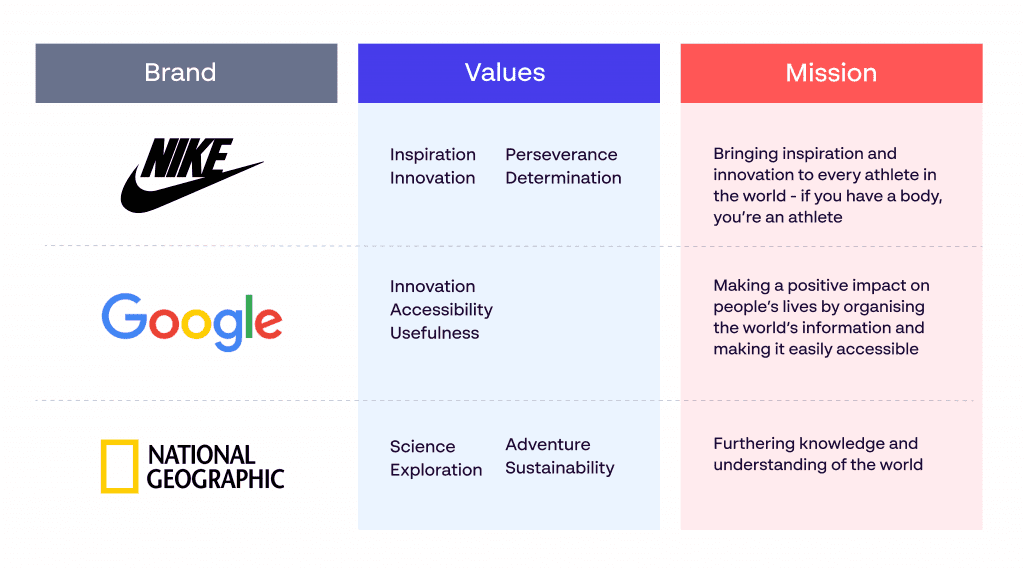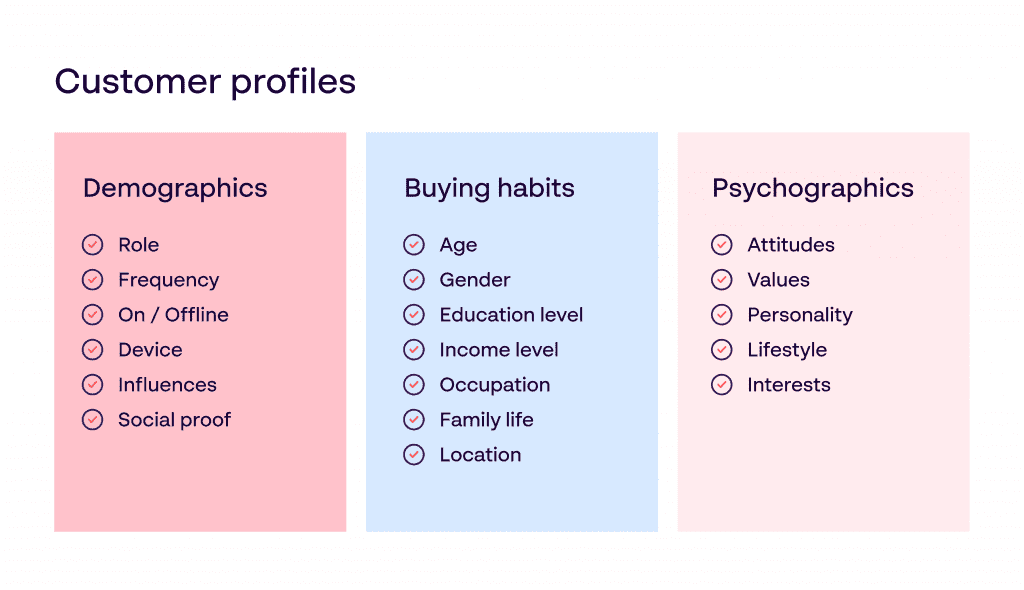In this modern, competitive landscape, a brand’s identity needs to be unique, clear and consistent in order to set itself apart. A big part of making this successful lies in effective corporate communications.
Learn more about how corporate communications showcases your brand’s personality to those within and outside your organisation, and how ensuring strong visuals and messaging across campaigns help to strengthen your image in the long term.
What are corporate communications?
Corporate communications is an incredibly broad field, which means it can be difficult to strictly define. At its core, the definition of corporate communications is the variety of ways a business or organisation communicates with its various audiences, both internal and external. These audiences will likely include:
- Customers/leads
- Employees
- Stakeholders/investors
- Partners
- Suppliers
- Media
- Government bodies
- The general public
Managing your corporate communications is an all-encompassing task, and one that is more important now than ever before.
Because, fundamentally, your corporate communications policy means more than just how you send messages – it is about fostering a unified brand identity. This ensures that your business speaks to a particular audience with one voice across all its available channels, with complete consistency of messaging and tonality, and effectively influences your audiences’ attitudes and actions.
As such, your corporate communications plan should first and foremost align with your corporate objectives.
What is the vision for your company?
What image do you want to project to each audience?
And of course, as the brand grows and evolves over time, your corporate communications strategy will too – it is a symbiotic relationship where a change in one directly influences the other.
The importance placed on corporate communications has resulted in blurring of the lines between this department with those responsible for marketing and PR. The head of your corporate comms team’s core function is to translate your brand’s identity to both your internal and external audience. To ensure this is maintained across all aspects of your work, this requires complete collaboration between these departments to avoid contradictions from creeping in.
Consider the functions that a corporate communications department nowadays is expected to fulfil:
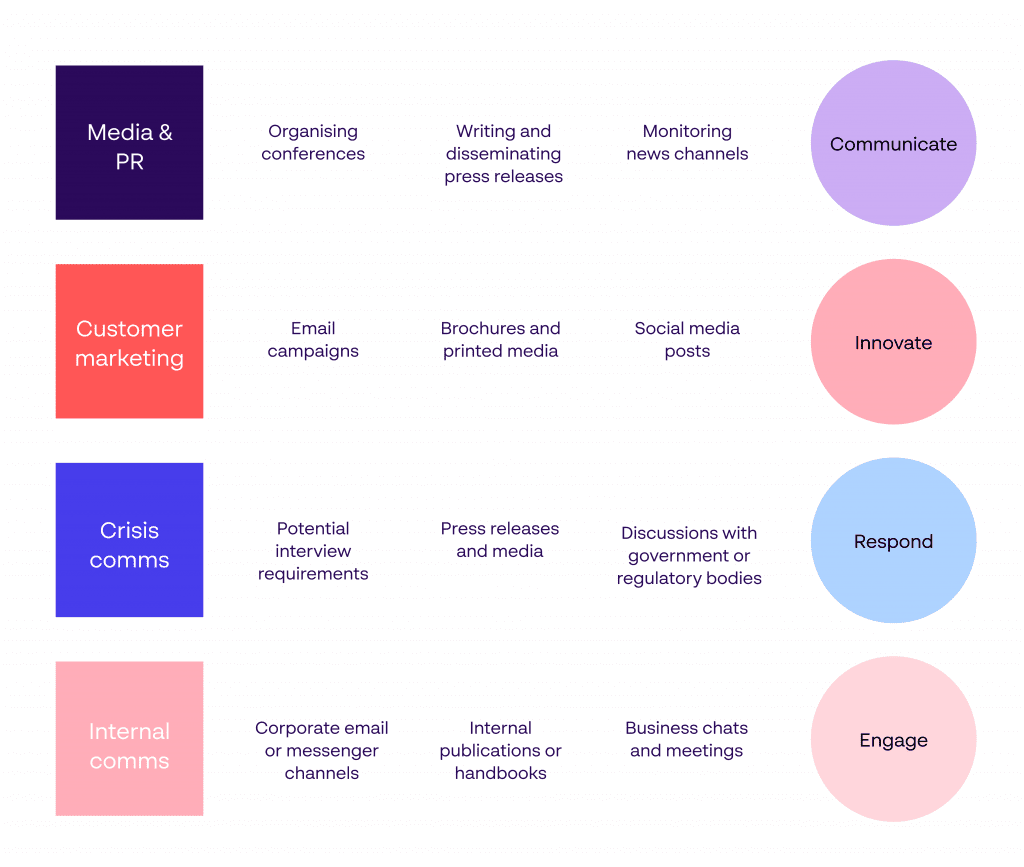
The sheer enormity of what corporate communications covers is an indication of how pivotal it is to both forming and expressing your unique brand identity. It’s not an advantage to have a corporate communications strategy in place – it’s a necessity.
Maintaining this level of consistency across the vast number of channels you use to communicate is a challenge that often goes unappreciated, but it’s essential to maintaining how your brand is viewed by those who matter most to you.
How important are your corporate communications?
The importance of effective corporate communications cannot be understated. Your strategy plays an essential role in cementing the personality of your brand and influencing both current and prospective audiences to buy into your products, services or ideas.
This is true even in the midst of a global crisis, as maintaining communication during COVID-19 has been crucial in keeping employees, customers and the wider public engaged and informed with how businesses are managing the situation and supporting their audiences.
This is imperative to how you, as a brand and as a business, move forward for a variety of reasons, including:
Fostering employee engagement
Nobody wants to hear information second-hand, and this rings true for your employees. Employees that feel out of the loop or disconnected from the events taking place in their work will grow dissatisfied over time, decreasing productivity and the overall company culture. Remember, it is estimated that disengaged employees cost the UK economy up to £340 billion annually, and is one of the leading causes of staff churn.
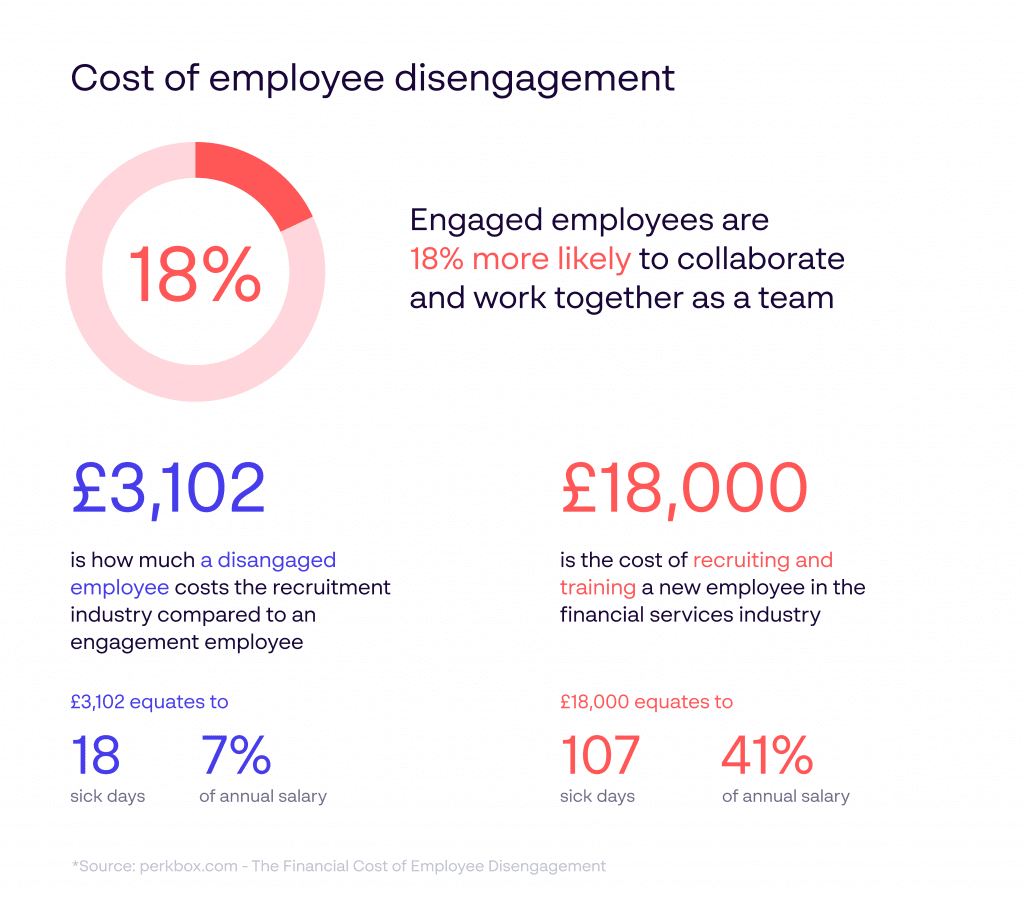
Corporate communications go a long way towards keeping team members engaged with the big picture. From weekly newsletters informing your global teams about the latest developments for your company to regular evaluation meetings, your internal corporate communications play a big role in making employees aware, informed and included. The more engaged and involved your employees feel at work, the more productive and satisfied they will feel.
Furthermore, as consistent and strategic corporate communications trickle down from the executive-level to other employees, it will encourage greater two-way communication between employees and their managers. Having a greater understanding of the brand and what it stands for will spur engaged employees to make suggestions on how things may be improved, making corporate communications a great source of innovation from within.
Encouraging brand advocacy
Following on from keeping employees engaged and in-sync with your brand objectives, strong corporate communications also play a vital role in brand advocacy. With 2019’s Edelman report revealing that 63% of consumers trust what influencers say about a brand more than what the brand says about itself, having willing, active advocates for your brand – be it your employees or customers – can be a powerful advantage in attracting today’s audiences.
A particularly strong way to achieve boosted brand advocacy is by employees resharing content on your social media channels. When employees are feeling satisfied in their understanding of the direction the brand is moving, and feel involved in it, they will be more willing to share content with their friends and other followers, increasing the reach of your brand in a more natural, personable manner.
Improve customer loyalty and trust
Your customers are one of the most important audiences your corporate communications will engage with on a daily basis. And they expect authenticity through these in order to build trust with your brand and become loyal followers. As your marketing nurtures and connects with them through your various touchpoints, staying consistent and genuine with your messaging is crucial to developing this trust.
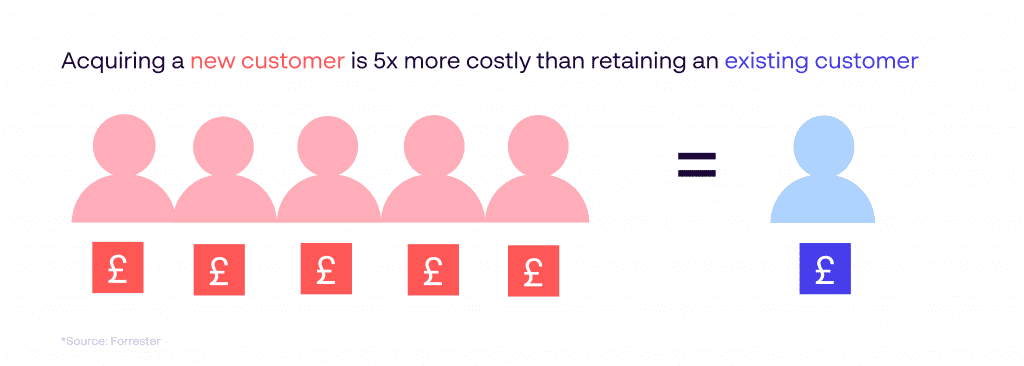
When your communications presents these qualities, customers become advocates. They evangelise your brand. Like and share content on your social channels. Let their family and friends know about the quality of your offering. All this stems from a corporate communications strategy that promotes your brand values coherently and frequently.
Building brand reputation
Your marketing activity needs to work hard to build and maintain a positive brand reputation. Social proof is a key indicator for employees, customers and the general public that your company is doing good things and following through on your brand values. Projecting these through your corporate communications is a powerful way to enhance your reputation.
Whether it’s a press release highlighting your annual earnings, or a social post about your work in the local community, communicating your core values, positive reviews and examples of your CSR work indicate to your audiences that you are a reputable organisation. And this reputation can act as a powerful factor in a customer or recruit choosing you over a competitor.
Furthermore, your corporate communications don’t just play a role in growing and reinforcing your current branding – it also plays a key role in cementing a corporate rebrand. This is a difficult change for any company, particularly one with locations spread across the globe. Your communications strategy can be crucial in detailing the rebrand both internally and externally, so you can quickly familiarise people with the alteration and minimise any backlash or confusion caused by this change in direction.
Limit fallout of crises
Crises often cause an unexpected blow to brands, but if your teams are well prepared, they can control the damage before it gets out of control. Turning to your corporate communications plan helps you swiftly respond to potential crises, be it a factory shutdown, loss of a member of staff or something mistakenly being published.
A crises plan will give guidelines and terminology to use in the event of these unfortunate circumstances taking hold, and outline how to prevent issues from escalating with a set of actions for your comms team.
What is your corporate communications strategy?
Now we’ve established how important corporate communications is to your overall brand identity, it is time to discuss how you put that strategy into practice.
Fundamentally, your corporate communications strategy should be tied to your overall business strategy and objectives. If it doesn’t have this foundation in place, teams will struggle to understand what’s being communicated and why it’s important. Objectives come first, followed by your strategy, followed by execution.
Aligning your corporate communications plan to your overarching brand objectives means that when your objectives change, your team can adjust your messaging too. It’s essential that the person at the helm of your corporate communication department – be it a specified Communications Director or another member of your staff – has a defined presence at boardroom level. The person in charge of comms is responsible for communicating the ethos developed at an executive level, so it’s important they hear the vision directly from the source.
When this is established, the production of your corporate communications strategy should incorporate the following to ensure best practice:
- Identify and prioritise the goals of executives – this could involve a deeper dive into your organisation’s values, strengths, weaknesses and more
- Clarify the audiences that will need to be engaged with – clearly defining the audience your communications are directed at, be it a group of employers, one of your target markets or your shareholders, is crucial to establishing the tone and information that needs to be incorporated to secure their attention
- Conduct both internal and external corporate communications audits – this will help you to better understand what your audience wants from this aspect of your business – employee surveys, customer comments, supplier feedback, etc.
- Craft your core communications messages, starting from the initial ideas and objectives – this is vital to establishing the tone of voice you wish to project to your various audiences, and removing any terminology you aren’t comfortable with
- Develop the graphical details of your corporate communications – your strategy should think beyond the terminology you use, ensuring your various communications use the right logos, fonts, layouts, signatures, design elements, and more, ensuring consistency across the board
- Identify the various tools and channels you’re going to utilise – consider conducting an audit into the various avenues you use to communicate your messages to discover what’s working and what isn’t, and use this information to create a plan of action into what channels and techniques are best placed to project your values to your audiences
- Evaluate and amend your corporate communications strategy over time – remember that is an ever-evolving plan that should support your business as it develops – as your company changes, so should your communications to ensure they remain consistent with your objectives and in-line with the attitudes of your audience
The goal of your corporate communications strategy is to present a unified, coherent picture of who your organisation is, what it stands for and why it exists to your audiences. If you’d like to learn more about how we help global businesses achieve this level of uniformity across their range of communications,
What are the types of corporate communications?
At its most basic level, corporate communications break down into two categories:
- Internal corporate communications
- External corporate communications
While internal and external corporate communications are often unique to the audiences they talk to, they in many ways coincide. Especially following the rise of employee advocacy, brand ambassadors and social media platforms, the lines between the two have become increasingly blurred. They remain distinct entities with unique goals, but both work towards the unified goal of communicative consistency and increasing brand reputation.
What are internal corporate communications?
Your internal corporate communications are how your company connects with those within your organisation. From the personnel in your head offices to your workforce spread across the globe, your internal communications are crucial to engaging each individual in your company with your brand messages.
At a time where just 13% of employees worldwide are considered truly engaged with their company, having an internal corporate communications strategy is paramount to getting employees, from new recruits to stalwarts, in-sync with what your brand stands for. It’s focused on fostering a collective culture and identity among your employees with your organisation, ensuring staff fully understand where it is heading.
As mentioned above about the important benefits of following best practice with your internal corporate communications, nobody likes to be left out of the loop. This breeds disillusionment and disengagement, which can have significant detriments to their motivation and productivity levels.
Instead, by effectively, openly and consistently maintaining communications with your workforce, they become more familiar and engaged with your brand identity. If staff feel that they are being kept informed and that there are communication channels that work in both directions, it creates an environment where staff feel they have a voice and that their opinions carry some worth.
Examples of internal corporate communications
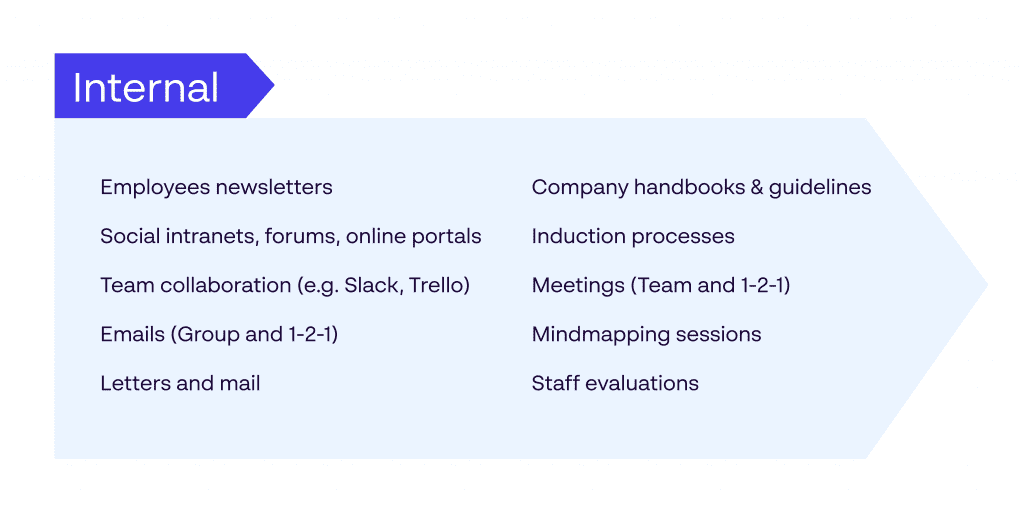
How can you achieve consistency across your internal corporate communications?
Here are a few techniques to achieve best practice with your internal corporate communications:
Encourage the free flow of information
Investing in a branded tool that allows staff to communicate frequently, be it a straightforward messaging app or collective workflow, helps create unity between team members and encourage sharing information, which is valuable to keep your company progressing.
Repurpose your marketing techniques for your workforce
When you create a marketing strategy, you will develop audience personas for your target markets. Why not do the same for your employees? Develop a deeper understanding of their motivations, needs and barriers, and repurpose content already going out in line with these to support your work comms.
Develop branded internal documents
Whether it’s employee feedback forms, staff handbooks or email signatures, make sure your brand values and design elements are consistent internally, so teams quickly become familiar with the tone and personality of your brand.
What are external corporate communications?
External corporate communications are how you choose to share your brand with the world outside of your company. This covers a lot of ground, from how you communicate with your current and prospective customers, to your relationships with government bodies, the media and the wider public. It’s a big part of how your brand identity reaches the masses.
The strategy you implement helps shape the way your audience and the public perceive your company and influences them to interact with your brand on a deeper level.
As such, it is essential that your external corporate communications strategy is well-planned and meticulously followed in accordance with your brand objectives. With such a wide range of channels encompassing these forms of communications, achieving total consistency becomes incredibly difficult without one coherent plan.
Without a unified plan, your external corporate comms can quickly become disjointed and off-piste, painting a confusing picture to your customers and your wider audiences. While how you talk to your customers could differ greatly to how you communicate to your suppliers or investors, these should maintain some distinct similarities in branding as both are founded on your organisation’s objectives.
In essence, your external corporate communications should be geared to support how you:
- Inform and educate your customers, media and stakeholders about your brand
- Maintain long-term, consistent relationships with your external audiences
- Engage customers, partners and more with your brand personality
- Market your products and services to customers more personably
- Grow your audiences and connections under one, united identity
Examples of external corporate communications
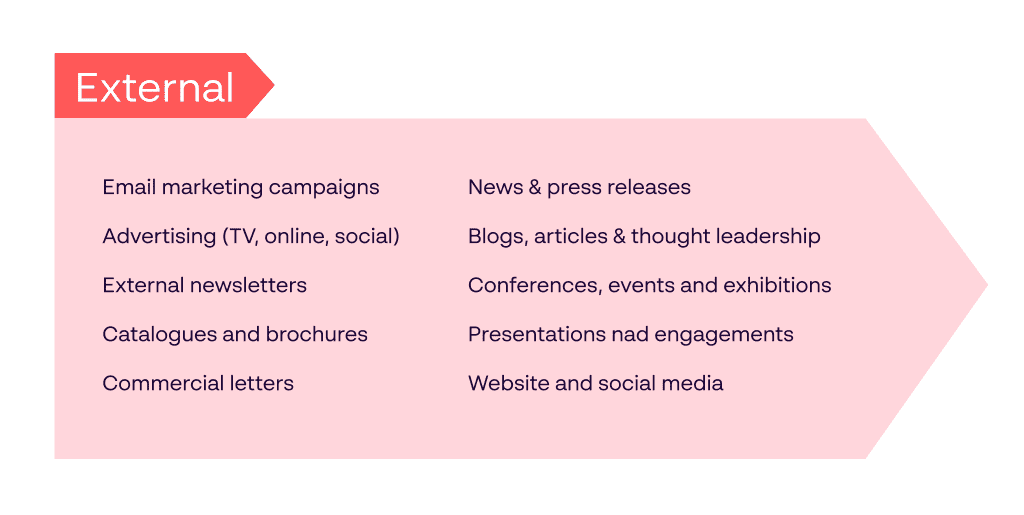
How can you achieve consistency across your external corporate communications?
Like with your internal communications, brand consistency is critical for your external corporate communications. Realising this isn’t always straightforward, even with a coherent strategy in place, but it is crucial to project a uniform, unambiguous message to audiences outside of your inner circle.
Here are a few techniques to achieve best practice with your external corporate communications:
Segment your audiences
While you are likely already doing this as part of your employee marketing efforts, you also need to consider your shareholders, partners, suppliers and other external parties. Creating unique personas for each audience will help you adapt their unique motivations to your overarching brand ambitions, ensuring they never steer too far from your central message.
Saturate markets with messaging
Though we all like to innovate, you should learn to sometimes revel in the repetitive. Focus some of your energies on learning to explain the same things in different ways to make the messages accessible to a range of audiences, while retaining the same core information.
Be responsive
Corporate communications are a two-way street. Listen to how your external audiences are reacting to your communications, and adjust your strategy accordingly. Make sure the decision for amends comes from an executive level, preventing further inconsistencies or team members breaking brand guidelines in a bid to better communicate with customers.
What is the role of your corporate communications department?
Depending on the size and reach of your company, your communications department could be an entire division of your organisation or a role performed by one or two members of your team. However, its significance doesn’t vary whether you’re a start-up or a global brand.
The head of your corporate communications department, be it a manager, director or Chief Communications Officer, should have a seat at the boardroom level of your organisation. Their primary role is to translate your brand’s objectives, news, innovations and developments to both your internal and external audiences. It’s imperative that this is received first-hand to avoid any contradiction or confusion caused by second-hand information.
As well as your executive level, your corporate communications department must be closely connected to other areas of your organisation. It acts as an interpreter for your team, facilitating clear, on-brand communication from top-down as well as bottom-up.
Being in tune with the goings-on across all aspects of your business is vital in maintaining this consistent communication, meeting audience needs and working in collaboration with teams to perform their various responsibilities.
In today’s environment, your corporate communications team must be included in several key functions affecting how your business engages with people both inside and outside of it, including:
- Management of your websites and social media channels
- Being involved in the planning and creation of blogs and other social content
- Organising and hosting networking events
- Writing and distributing press releases and maintaining best practice policies for how your company interacts with the media
- Representing the company in public settings, or preparing executives for presentations and news conferences
- Managing and overseeing marketing materials and campaigns
- Sourcing and communicating with relevant parties for advertising opportunities
- Handling crisis communications in a swift and effective manner
- Overseeing internal company communications, including meetings, training, evaluations and other employee events
Corporate communications and social media
The explosion of social media use in the past decade has completely changed the game for corporate communications. It is both a blessing and a curse for corporate communications departments. It doesn’t cost anything to post on social media, making it a cost-effective option to communicate with your various audiences.
However, the primary drawback is the effort required to keep up with demand. Social media channels present an unrelenting stream of information to users. Delivering fresh, up-to-date content to engage your audience is a time-consuming and often costly task, and maintaining consistency across all these channels when faced with these pressures.
The impact of social media on corporate communications is a double-edged sword, making it critical for brands to consider as part of their strategies. The following approaches can help you stay ahead on your social networks:
- Invest in trusted social listening tools to make sure any mention of your company, products or executives is tracked and reacted to where necessary
- Bring your corporate communications department into your social media teams, so both sides are united on the messages sent out being in-line with your universal strategy
- Focus on social media content that is less sales-orientated, and more focused on delivering value and information, enhancing your brand reputation and increasing its share-ability
- Experiment with different media formats and channels, helping you communicate your central brand messages in different styles for varied audiences
If you are seeking support maintaining total consistency across all your social media platforms, we can help you find the solution. Speak to our team today.
How do you measure corporate communications?
With the rise of digital media, the days of measuring the success of your corporate communications policies on column inches and the Advertising Value Equivalent (AVE) are a thing of the past. Instead, there is a greater focus on tracking digital metrics and online engagements as a measure of success, but even these do not paint a clear picture to measure the effectiveness of your corporate communications strategies.
It is unquestionably important to test your messages across your various channels and gauge the responses to these. Impressions, interactions and conversions on your website and digital platforms can be a good indicator of how effectively your communications are connecting with your audiences, as can open and click-through rates for your email campaigns. These can highlight patterns about your messaging that you can learn from and take forward.
However, the goal of corporate communications is something that is difficult to accurately assess – brand perception. Despite the Barcelona Principles helping this industry move away from AVEs and other output-oriented measures, there are still problems with how corporate communications teams can determine how well they are performing.
At this point, there is still no hard-and-fast answer as to how you should effectively measure your corporate communications. Hopefully, as technology evolves and a greater appreciation of how these initiatives help businesses operate is fostered, it will become more straightforward for brands to determine if their corporate communications department is delivering value.
We hope this article has given you a greater understanding and appreciation of the importance of your corporate communications on your overall brand identity. In this increasingly competitive landscape, your brand is what sets you apart – it’s the culture among your employees far and wide, the layer of trust your customers look towards and the motivation that keeps you evolving and moving forward.
If you take anything away from this piece, it’s the importance of achieving brand consistency as part of your corporate communications strategy. Your brand is unique to you, and it’s crucial that its messages, visions and characteristics are maintained across everything you communicate, whether it’s a far-reaching press statement or a meeting between your employees. Every element of your communications should be geared to presenting the ambitions and nature of your brand in accordance with your objectives.
Table of contents:
- What are corporate communications?
- How important are your corporate communications?
- What is your corporate communications strategy?
- What are the types of corporate communications?
- What are internal corporate communications?
- What are external corporate communications?
- How can you achieve consistency across your external corporate communications?
- What is the role of your corporate communications department?
- Corporate communications and social media
- How do you measure corporate communications?


